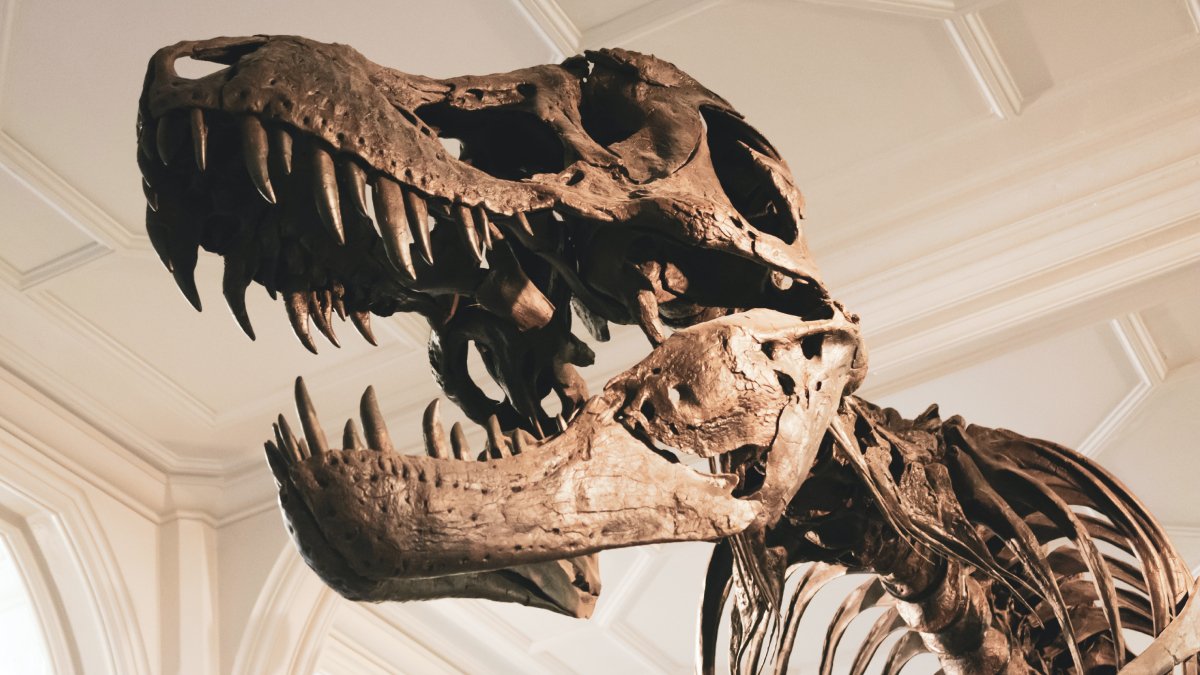It has been long believed that dinosaurs went extinct due to an asteroid impact on Earth. A recent discovery may lead to some developments in this theory. Scientists have spotted a mysterious asteroid impact crater on the seafloor which is believed to have formed at the same time when dinosaurs were wiped out from the planet. This could mean that not one, but two asteroid impacts were behind the extinction of dinosaurs.
The crater named Nadir is located beneath the North Atlantic Ocean off the coast of West Africa. Researchers believe that it is the result of an asteroid that collided with Earth some 66 million years ago. Notably, it was around this time when the Chicxulub asteroid impact took place off the coast of today’s Yucatan, Mexico, and annihilated the dinosaur population.
The Nadir crater, measuring 5 miles in diameter, was accidentally discovered by geologist Uisdean Nicholson from the Heriot-Watt University in Edinburgh. He was reviewing seismic survey data for a different research project on the seafloor spreading when he came across the crater.
Named after the nearby seamount, the Nadir crater is 1,300 feet below the seabed and around 250 miles from the coast of Guinea, West Africa. The team believes that the asteroid that created the Nadir crater could have broken from a parent asteroid or was part of a swarm of asteroids during that time period.
In the new study, research scientist Veronica Bray tried to unravel the kind of collision that formed the crater and its effects through computer simulations. She observed that the crater-forming asteroid was 1,300 foot wide and collided with 1,600 to 2,600 feet of water on the planet.
“This would have generated a tsunami over 3,000 feet high, as well as an earthquake of more than magnitude 6.5. Although it is a lot smaller than the global cataclysm of the Chicxulub impact, Nadir will have contributed significantly to the local devastation. And if we have found one ‘sibling’ to Chicxulub, it opens the question: Are there others?” said Bray. She is also the co-author of the study published in Science Advances.
Another co-author Sean Gulick said that while Nadir crater impact was smaller than the Chicxulub impactor, the existence of it calls for investigating the “possibility of an impact cluster in the latest Cretaceous.”
